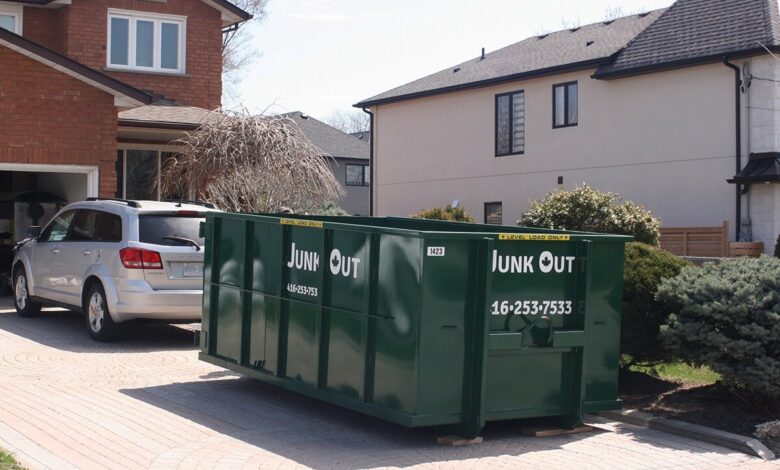How Can I, As a Homeowner, Tell If My Project Is Big Enough for a Rental Dumpster?

As a homeowner, tackling projects like renovations, landscaping, or major cleanouts can generate significant waste. Deciding whether your project warrants a roll-off dumpster rental can save time, money, and effort. Temporary Dumpster, a trusted dumpster rental provider, offers insights to help you determine if your project is substantial enough to require a dumpster. Here are key factors to consider when assessing your project’s scale and waste management needs.
1. Evaluate the Volume of Debris
The primary indicator of whether you need a dumpster is the amount of waste your project will produce. Small tasks, like cleaning out a single closet, may only require trash bags or a trip to the local dump. However, projects like kitchen remodels, roof replacements, or yard overhauls often generate debris that exceeds standard trash pickup limits. As a rule of thumb, if you anticipate filling more than a few contractor bags or your regular trash bins, a dumpster is likely necessary. The best providers offer sizes from 10 to 40 yards, allowing you to match the dumpster to your project’s scale.
See also: Choosing the Right Pest Control Service for Your Business
2. Consider the Type of Materials
The nature of your project’s debris also influences the need for a dumpster. Heavy materials like concrete, drywall, or lumber are bulky and difficult to manage with curbside pickup. For example, demolishing a deck or removing old flooring can produce large, unwieldy items that don’t fit in standard bins. Hazardous materials, such as paint or chemicals, require special disposal, but most construction debris is suitable for roll-off dumpsters. Choose a dumpster rental provider that offers clear guidelines on acceptable materials to ensure compliance and streamline disposal.
3. Assess Project Duration and Space
Larger projects often span days or weeks, making it impractical to store debris on your property. Piles of waste can create safety hazards, attract pests, or violate local ordinances. A dumpster provides a centralized, secure place to contain debris until pickup. Additionally, consider your property’s space. If you lack room to store waste or want to maintain a tidy worksite, a dumpster is a practical solution. Temporary Dumpster can help you select a placement location that maximizes accessibility and safety.
4. Compare Time and Cost Efficiency
Manually hauling debris to a landfill can be time-consuming and costly, especially if multiple trips are needed. Dumpster rentals consolidate waste removal into a single, efficient process. Calculate the cost of gas, landfill fees, and your time against the flat rate of a dumpster rental.
5. Check Local Regulations
Some municipalities limit the amount or type of waste allowed in curbside pickup. Large projects may exceed these limits, requiring a dumpster to stay compliant. Your rental company should be familiar with local regulations and able to guide you on permitting or restrictions for dumpster placement.
If your project involves substantial debris, heavy materials, or extended timelines, a roll-off dumpster from Temporary Dumpster is likely the best solution. By evaluating these factors, you can make an informed decision, keeping your project efficient, safe, and compliant.




